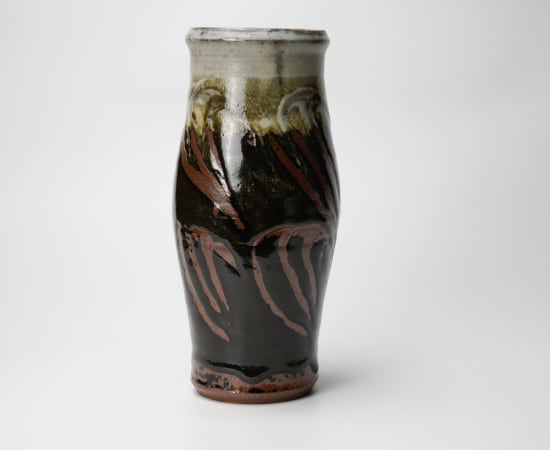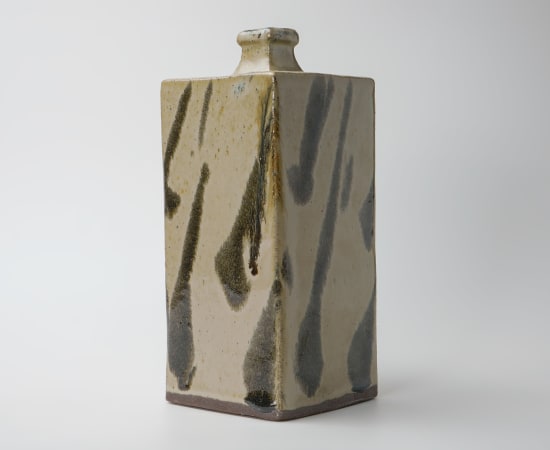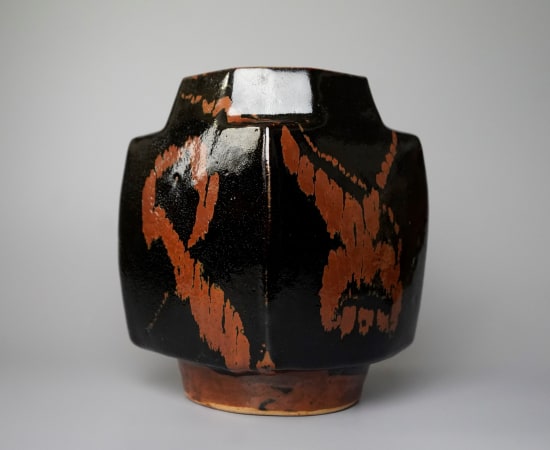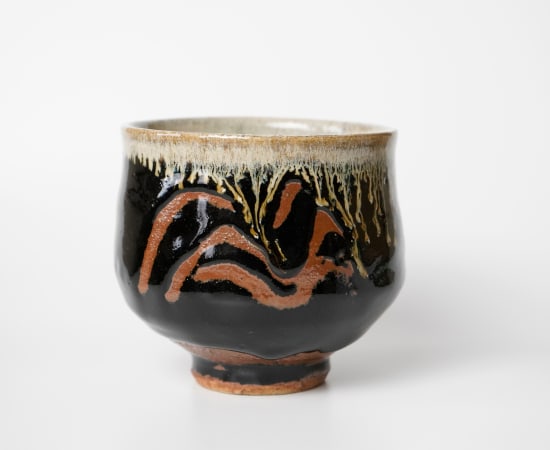"My pottery work, I found my path in Kyoto, began it in England, learned more in Okinawa, and then cultivated it in Mashiko."
Hamada Shoji was a major figure in the Mingei folk-art movement. Interested in studio pottery, he established the town of Mashiko as a world-renowned pottery centre, where he produced functional ceramics that showcase simplicity. Hamada was inspired particularly by the folk-craft techniques of ceramics from Okinawa and Korea.
In a description of his life, he says:
"When I moved there in 1924, Mashiko was for decades creating grinding bowls, jars and teapots that were used throughout the Kanto Plains, yet no one would know where these ceramic vessels came from. I was impressed by the fact that there was a kiln site so close to Tokyo that was still virtually pristine, and washing away what I had learned from my time studying in Tokyo and Kyoto, I began to pursue this purity in health in both my way of life and in my work. For this reason, I chose to use materials only from Mashiko, my potter's wheel, my clay and my glazes."
Here, he built his own kiln and committed himself to using only locally sourced materials, not only in the clay he used, but also the glazes he created and the brushes he manufactured himself from dog hair and bamboo. Born in Tokyo. He studied ceramics at Tokyo Institute of Technology with KAWAI Kanjirō 河井寛次郎(1890-1966) under ITAYA Hazan 板谷波山(1872-1963). Today, he is one of the most well-known potters in the west for his dissemination of craft philosophy, namely Mingei ideals. He had a close relationship and working partnership with the important British potter, Bernard Leach (1887-1979), with whom he set up a Japanese style kiln in St. Ives, in southwest England. Hamada toured the U.S. on many occasions, lecturing, giving workshops, and being a great ambassador for folk-based Japanese ceramics.
Hamada adhered, partially, to the folk idea of the anonymous craftsman. He refused to carve his signature or impress his seal into the pots that he made. However, that did not prevent him from signing the wood boxes in which they were contained. In theory, Hamada did not want to appear to be an artist who intellectually or self-consciously created works of ceramic art. He liked to think that he himself did not produce his work, that it, somehow, was the product of a collective community effort, rather than by his unaided labor. Consistent with the folk craft ideal, he only made utilitarian pieces.




